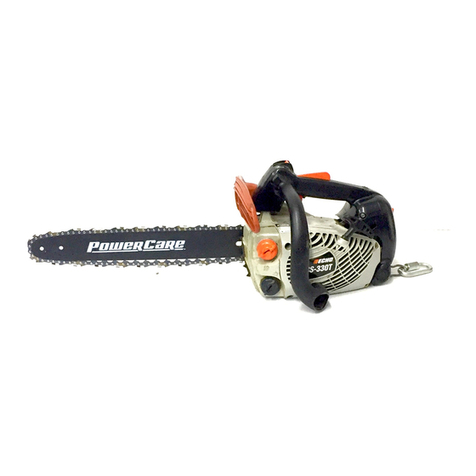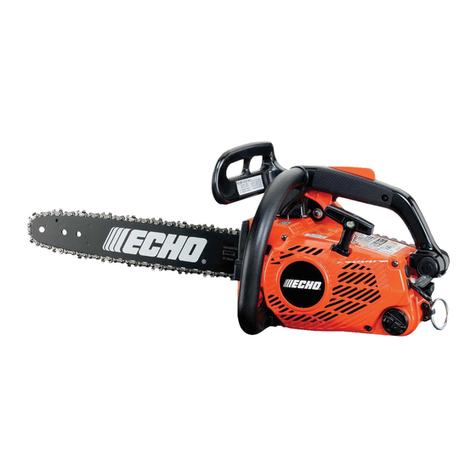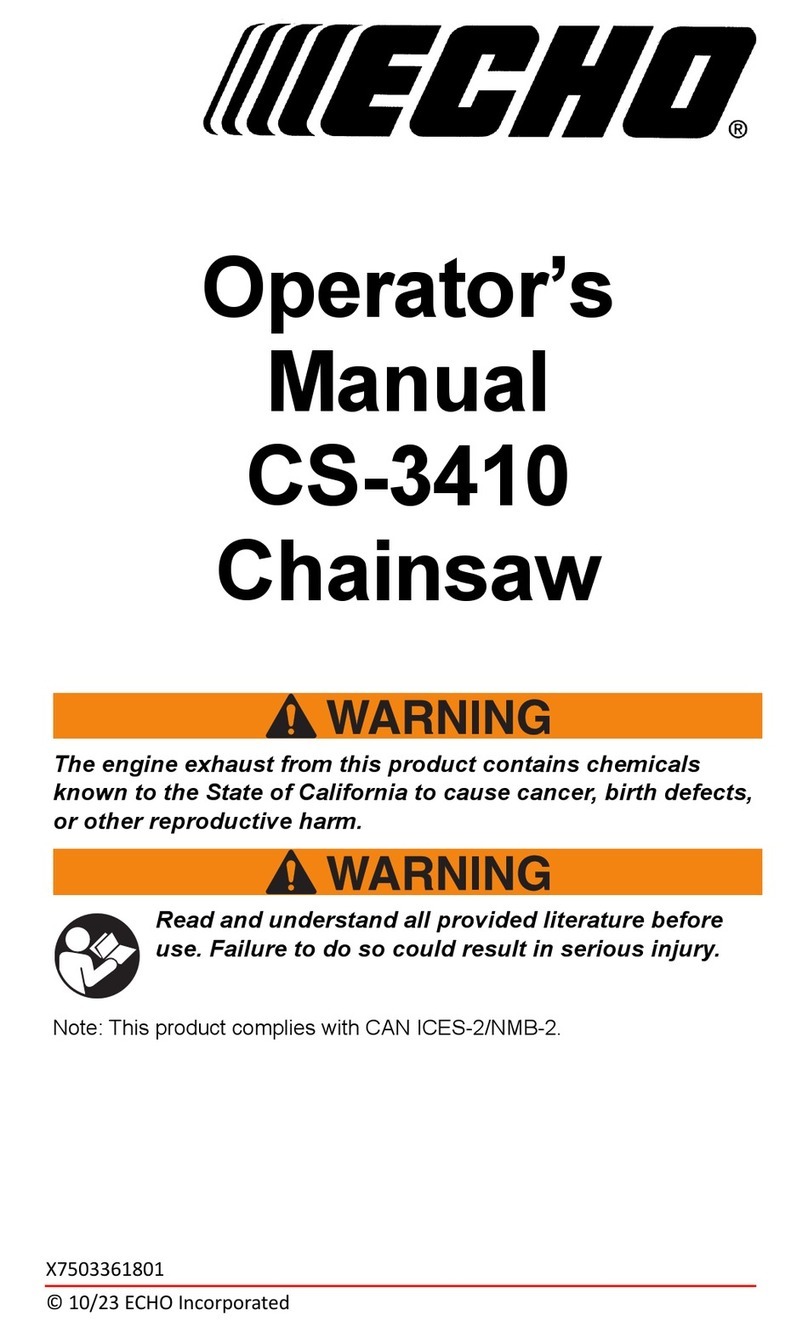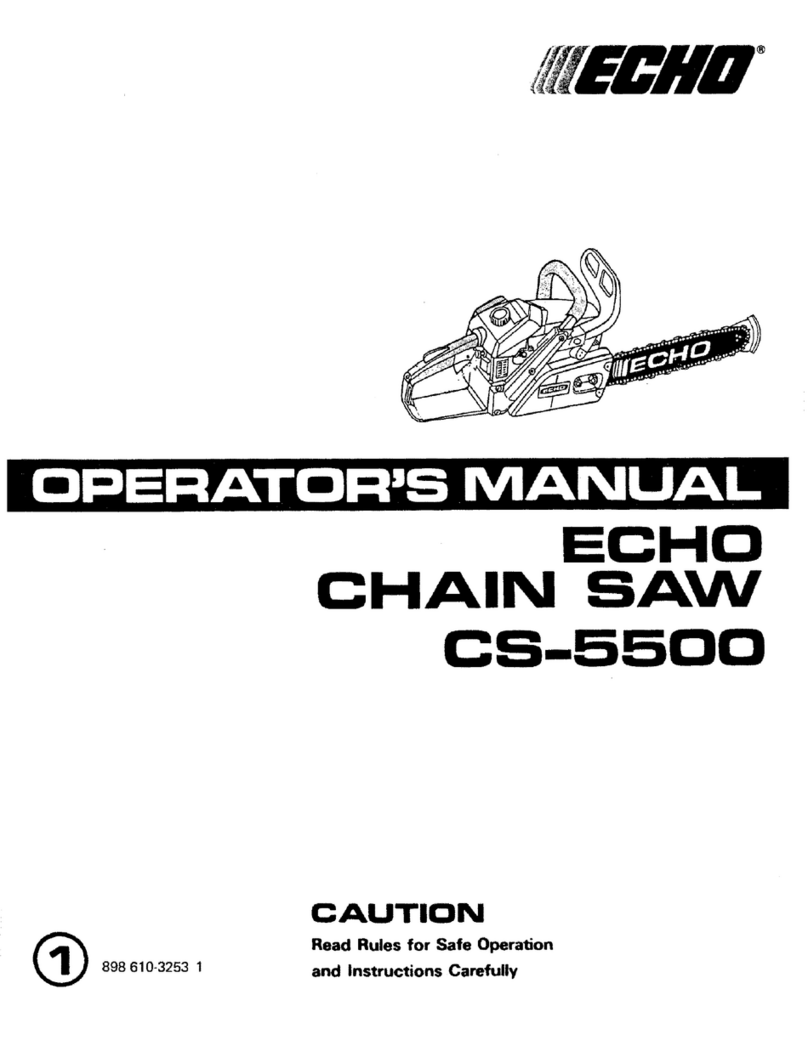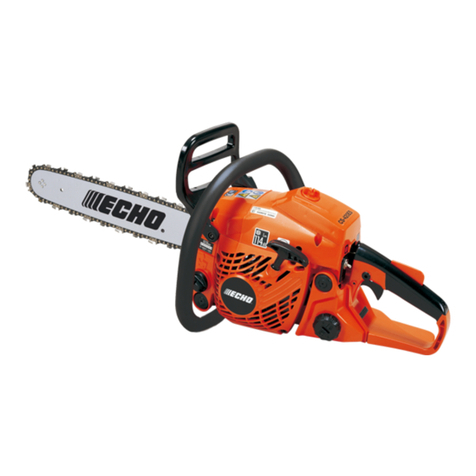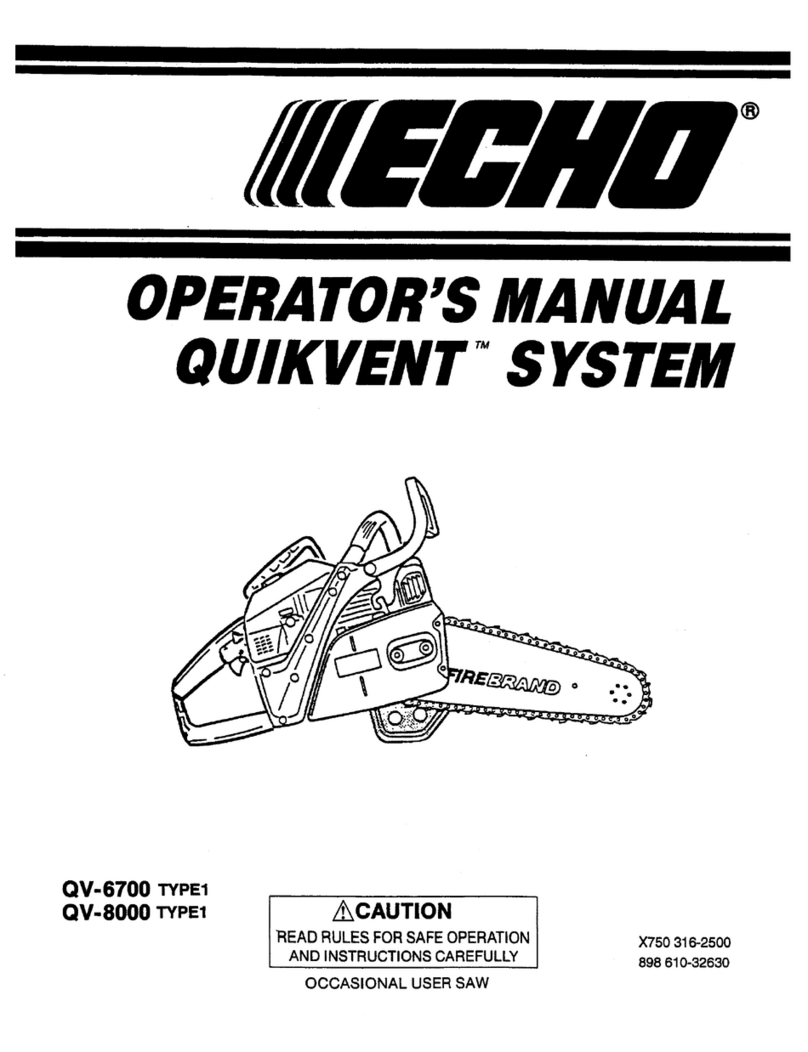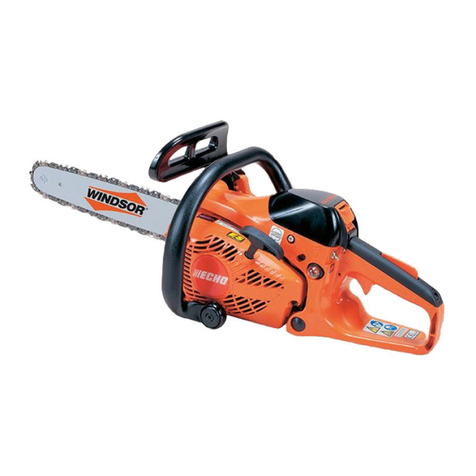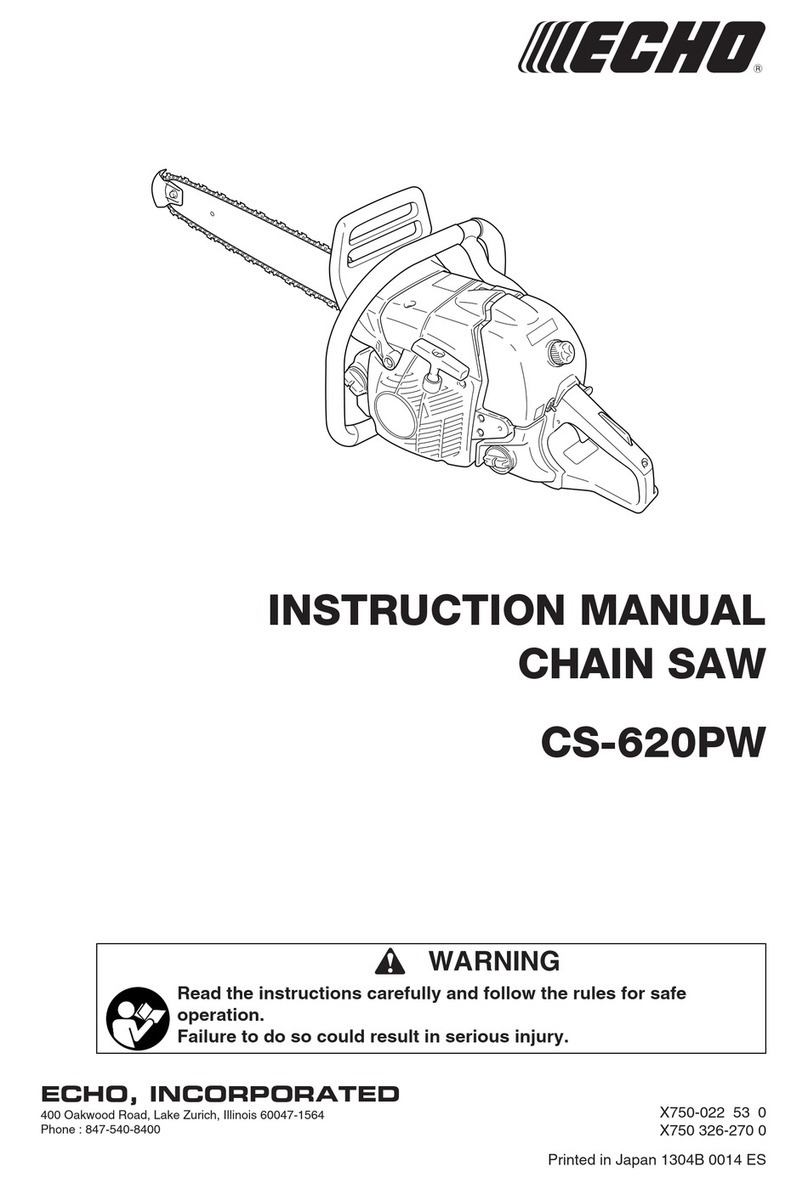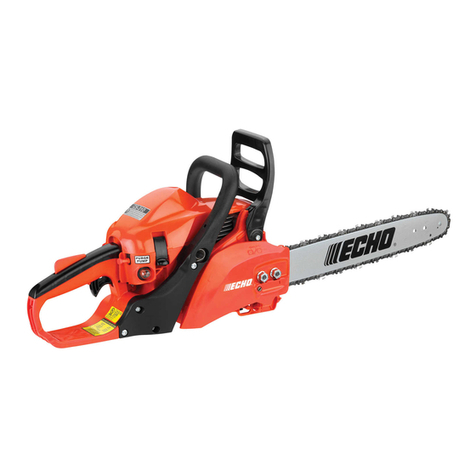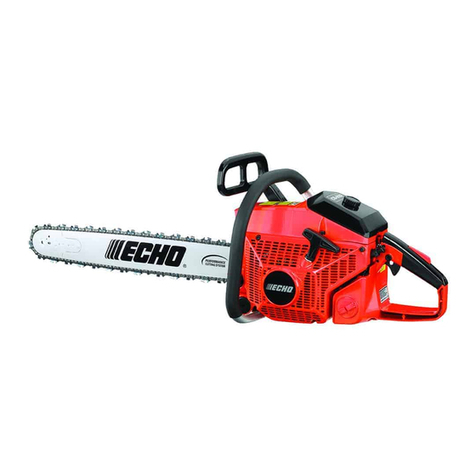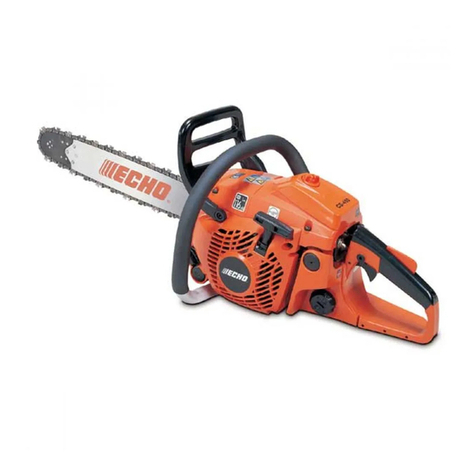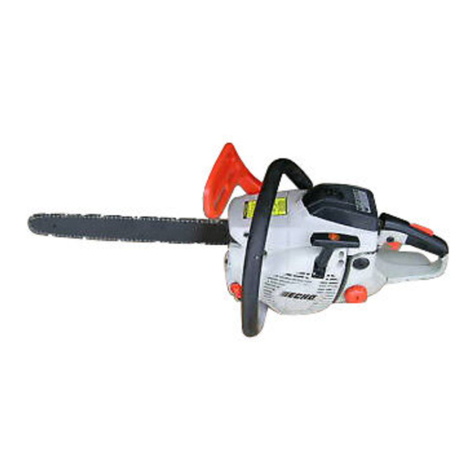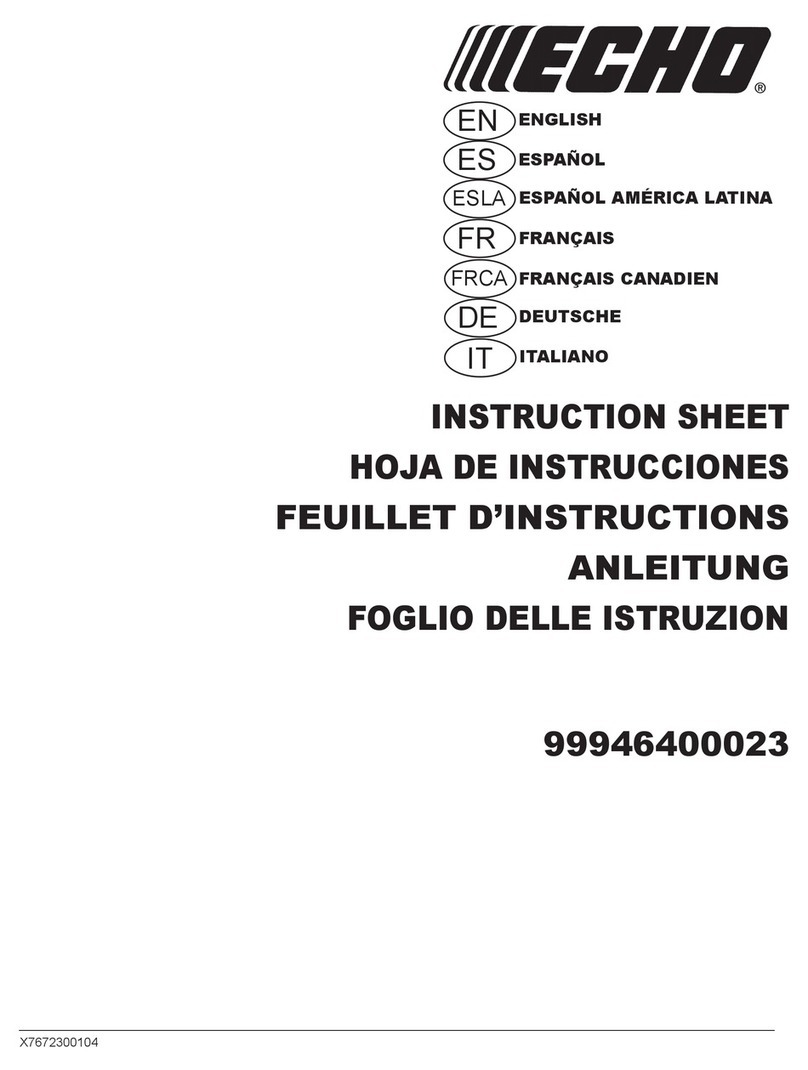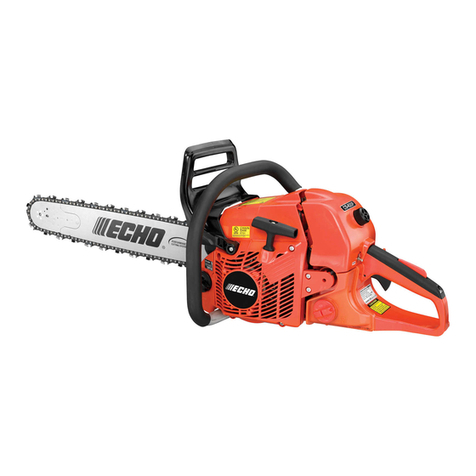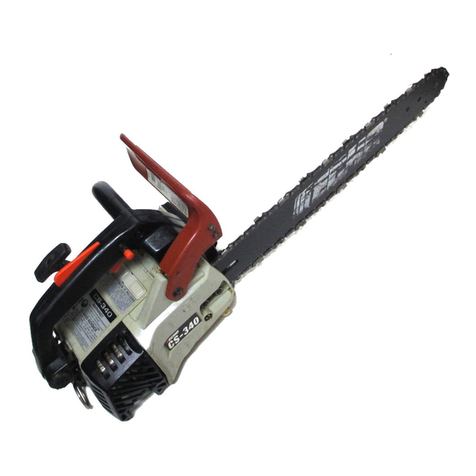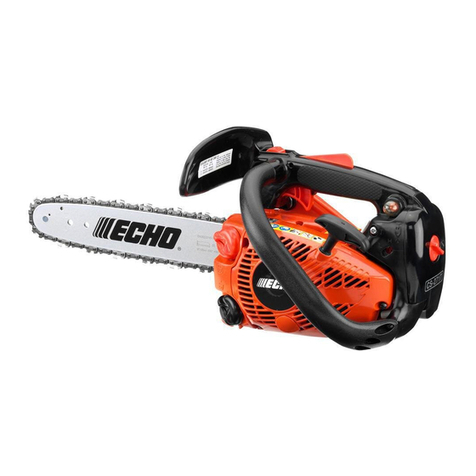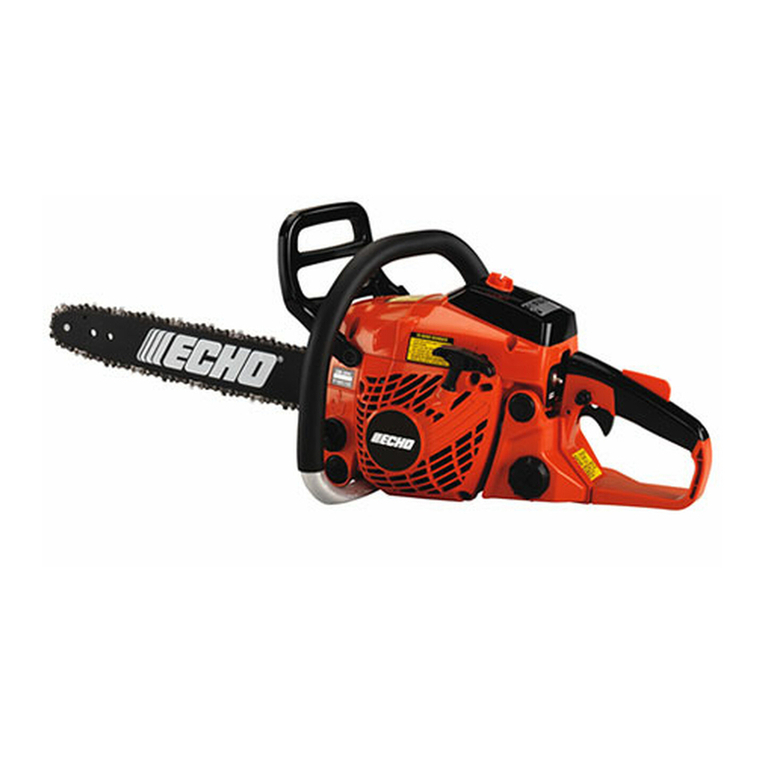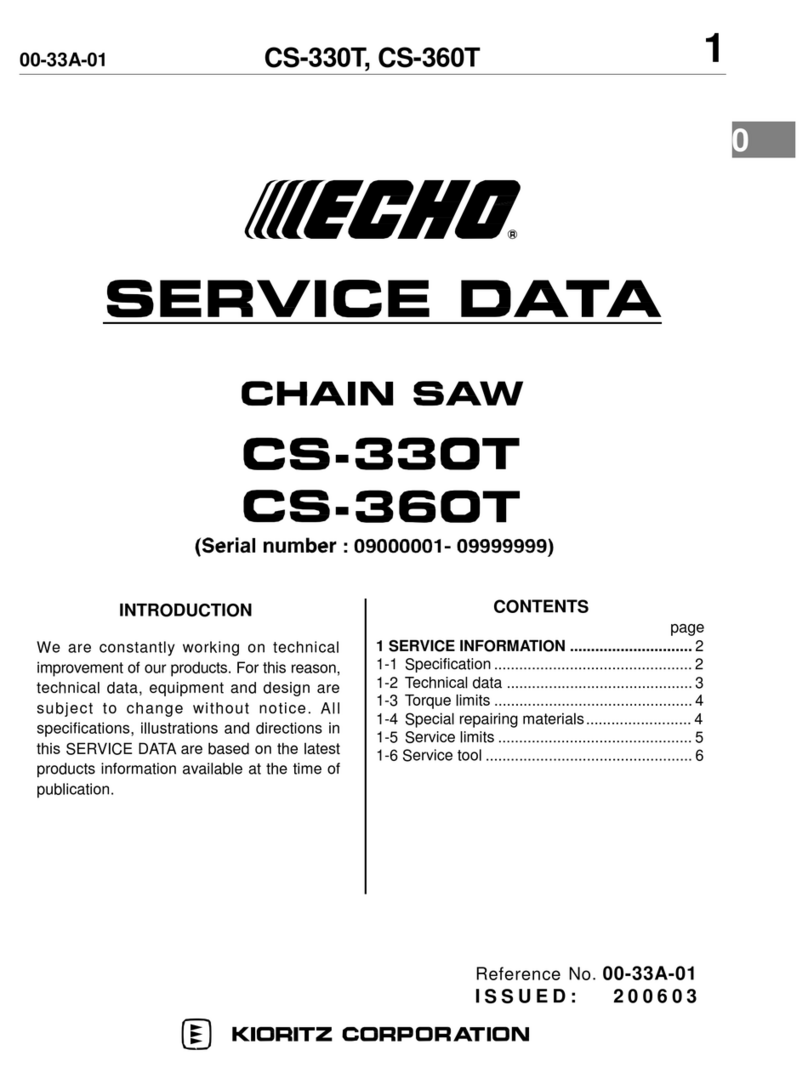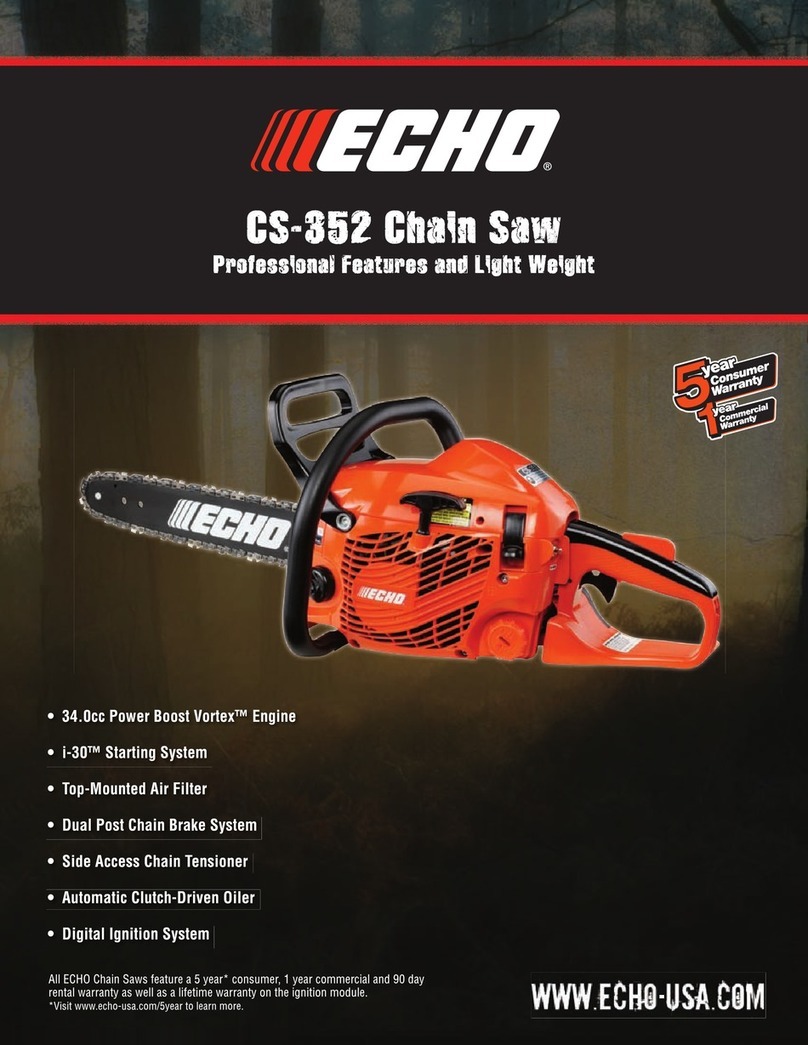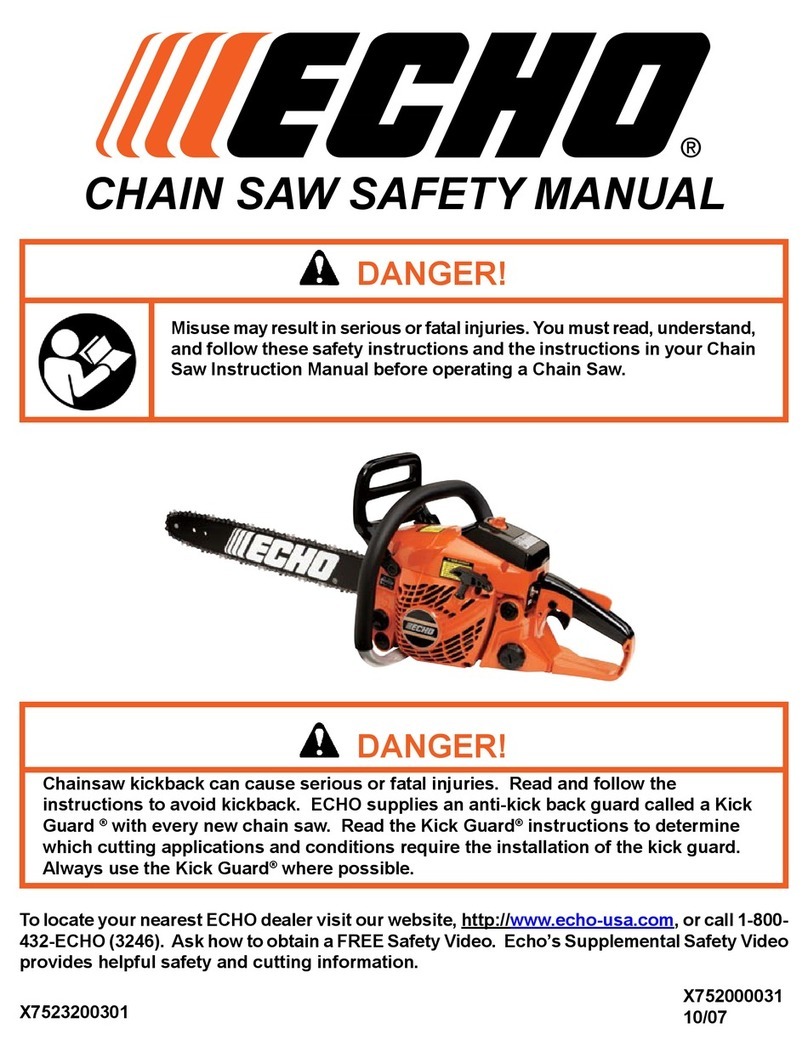
1
CONTENTS
Page No.
Safety ......................................................................................................................... 2
Description ................................................................................................................. 7
Operation (Pre-Ventilation Procedures)...................................................................... 8
Troubleshooting.......................................................................................................... 10
Maintenance............................................................................................................... 12
Assembly.................................................................................................................... 20
Specifications ............................................................................................................. 21
Specifications, descriptions and illustrative material in this literature are as accurate as
known at the time of publication, but are subject to change without notice. Illustrations
may include optional equipment and accessories, and may not include all standard
equipment.
INTRODUCTION
The ECHO QuikVent™ System is a chain saw
specially designed for use by trained fire fighters to
ventilate, trench and breach burning structures.
This manual provides the information necessary for
operation and maintenance of the saw.
DANGER
This system is designed for use with a
special bar and chain for fire department
application. This system should not be used
for conventional wood cutting applications.
DANGER
Review ECHO Safety Chain Saw Manual and
note exceptions as listed below.
DANGER
If the unit is modified for conventional wood
cutting operations, read rules for safe
operation and instructions carefully in the
corresponding CS-670 ECHO Chain Saw
Instruction Manual and the ECHO Chain Saw
Safety Manual. Use only the guide bar and
chain combinations listed in the instruction
manual with a Kick Guard installed on the
guide bar. A free copy of the Chain Saw
Safety Manual can be obtained from your
ECHO dealer or by writing ECHO,
INCORPORATED, 400 Oakwood Road, Lake
Zurich, IL 60047-1564.
